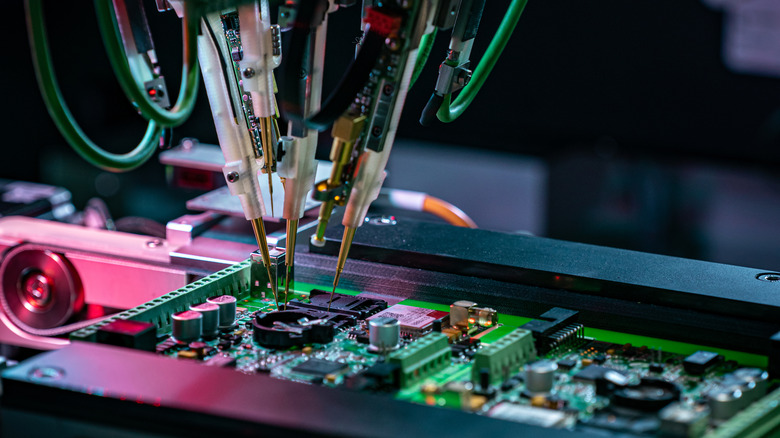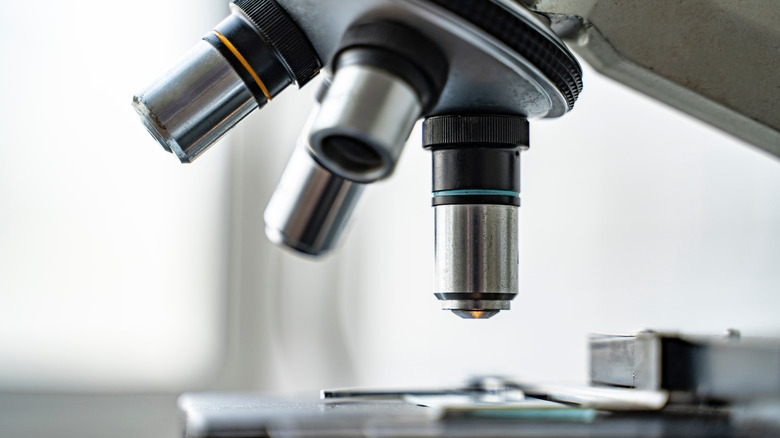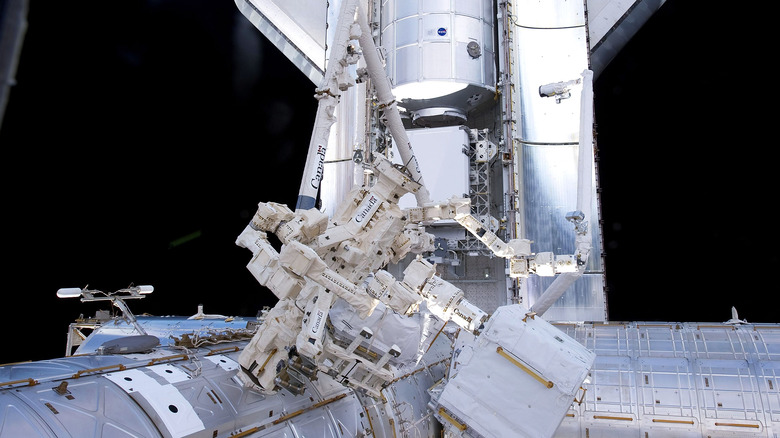Self-Repairing Electronics Are Closer To Reality Than You Think
What if the cracked screen of your mobile phone or the solar panels providing energy to a satellite could self-repair? These kinds of robots and electronics are not only a matter of science fiction — where self-aware machines like the Terminator can heal themselves — but of real interest for scientists and technology developers. Researchers from Technion, the Isreal Institute of Technology, say self-repairing electronics may be possible and have the tech to prove it.
As the use of technology intensifies, electronics that have longer life spans become more valuable and essential for critical operations. The technology we use every day — smartphones, laptops, or tablets — has a very limited life span. These short life cycles are mostly due to electronic damage and normal degradation of electronic parts, including lithium batteries. From the government to the private tech industry, electronic damage can have significant consequences. For example, a 2010 study from the Electrostatic Discharge Association (ESD) estimated that industries could lose up to $5 billion per year due to electrostatic electronic damage alone. By 2022, with an ever-expanding global cloud powered by endless servers, the risks are even higher.
Smoke, fire, water, dust, corrosion, temperature variations, radiation, mechanical shock, impact, contact failure, and thermal stress ... there are numerous ways in which electronics can be damaged (via LiveWire). On the other hand, other technologies like NASA space technology or commercial satellites, which cannot be accessed for maintenance or repairs, require longer life spans but still depend on electronics susceptible to damage. Self-healing electronics, while still a dream, could become the "holy tech grail."
Researchers stumble on self-healing nanoparticles
A research group led by Professor Yehonadav Bekenstein from the Faculty of Materials Sciences and Engineering and the Solid-State Institute at Technion was studying perovskite nanoparticles for their potential to provide a green alternative to toxic lead materials used heavily in electronics. In doing so, they found something unexpected.
The team found on a microscopic level that the nanocrystals moved a hole (damage) through the areas of a structure to self-heal. Surprised by this, the researchers drew up a code to analyze microscopic videos and understand the dynamics and movements within the crystal. The researchers realized that the damaged area, or hole, formed on the surface of the nanoparticles, then moved to energetically stable areas inside, and was finally "spontaneously ejected" out. Researchers explained that through this self-healing process, the nanocrystals essentially reverted back to being undamaged (per Technion).
Researchers with Technion believe that this discovery is a key step toward understanding the processes by which perovskite nanoparticles can heal themselves. The team also thinks that perovskite nanoparticles should be used in solar panels and other electronic devices. The full study, published by Advanced Functional Materials and made available at the Wiley Online Library, is titled "Self-Healing of Crystal Voids in Double Perovskite Nanocrystals Is Related to Surface Passivation."
The future of self-repairing technology
While researchers from Technion focus on self-healing properties for smaller materials and electronic components, other projects have taken quantum jumps into the evolution of self-repairing machines, systems, and robotics. A perfect example of large-scale hardware and software self-repairing technology is Dextre, referred to by NASA as the International Space Station's "handyman."
On May 2, 2019, NASA controllers used Dextre to replace a failed Main Bus Switching Unit-3 and restored the International Space Station to nominal power output. NASA explained that, in this case, having Dextre made it so astronauts didn't need to perform an emergency spacewalk. To cover the length of the space station, Dextre moves through an end-to-end rail that is installed on the modules of the station. When systems that are not directly mounted on the space station modules require maintenance or repairs, Dextre can be deployed on the extensible robotic arm called Canadarm2.
Dextre is a massive multi-functional robot developed by the Canadian Space Agency (CSA). It has changed battery packs, detected ammonia leaks, critical for safe operations of the space station, and done much more. While Dextre is operated by ground control teams from NASA and CSA, some of its functions are autonomous. Watching Dexter in motion during a repair mission without a doubt hints at what large-scale self-repairing robots will look like in the near future.


